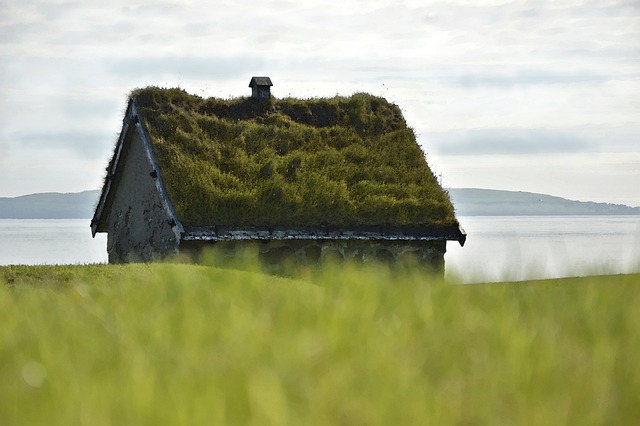Introduction:
Green roofs, also known as living roofs, are becoming increasingly popular as a sustainable building feature that integrates vegetation and soil into the roof’s design. These innovative roofs offer numerous benefits, such as improved stormwater management, insulation, and urban agriculture opportunities. However, constructing a green roof requires careful planning and consideration of various factors, including structural support and potential fire hazards. In this blog post, we’ll explore the benefits of green roofs, discuss essential safety concerns, and offer guidance for planning and maintaining a successful green roof. Learn more about sustainable living and climate resilience at ClimatewiseLiving.com.
- Benefits of Green Roofs
Green roofs offer several advantages for both the environment and building occupants:
- Stormwater Management: Green roofs can absorb and retain rainwater, reducing runoff and minimizing the risk of flooding.
- Insulation: Green roofs provide natural insulation, reducing energy consumption for heating and cooling.
- Urban Heat Island Mitigation: By absorbing sunlight and transpiring moisture, green roofs help lower surrounding air temperatures, mitigating the urban heat island effect.
- Biodiversity: Green roofs support various plant species and can serve as habitats for birds, insects, and other wildlife.
- Food Production: Green roofs can be used to grow vegetables, herbs, and other food crops, providing a local and sustainable food source.
- Safety Concerns and Precautions
Before constructing a green roof, it’s essential to address several safety concerns:
- Structural Support: Consult a structural engineer to ensure your roof can support the added weight of soil, vegetation, and water. This assessment may require reinforcing the existing roof structure or designing a new, stronger roof.
- Waterproofing and Drainage: Proper waterproofing and drainage systems are crucial to prevent leaks and water damage. Use high-quality waterproof membranes and design an efficient drainage system to prevent standing water.
- Fire Hazards: Unmaintained green roofs can pose a fire risk, particularly in drought-prone areas. Choose fire-resistant plant species, install fire breaks, and maintain proper irrigation to reduce fire risk.
- Planning a Green Roof
When planning a green roof, consider the following factors:
- Roof Type: Green roofs can be installed on flat or sloped roofs, but the design and construction may vary depending on the roof’s pitch and orientation.
- Plant Selection: Choose plants that are appropriate for your climate, local building codes, and the specific conditions of your roof, such as sun exposure and wind levels. Opt for drought-tolerant, low-maintenance plants, like sedums and native grasses.
- Irrigation: Design an efficient irrigation system that meets the water needs of your plants while minimizing water consumption. Consider using drip irrigation or other water-saving methods.
- Accessibility: Determine whether your green roof will be accessible to building occupants for maintenance or recreational purposes. Accessible green roofs may require additional safety features, such as railings and slip-resistant surfaces.
- Maintaining a Green Roof
Regular maintenance is essential for a successful green roof:
- Inspections: Conduct regular inspections to check for leaks, drainage issues, and structural problems.
- Weeding: Remove weeds and invasive species that can compete with your desired plants for resources.
- Pruning and Trimming: Prune and trim plants as needed to maintain their health and appearance.
- Irrigation: Monitor and adjust your irrigation system to ensure proper watering, particularly during periods of drought or heavy rainfall.
Conclusion:
Green roofs offer numerous environmental and aesthetic benefits, making them an attractive option for sustainable building projects. However, careful planning, design, and maintenance are crucial for ensuring the success and safety of a green roof. By considering structural support, fire hazards, and other safety concerns, as well as implementing proper maintenance practices

Comments are closed